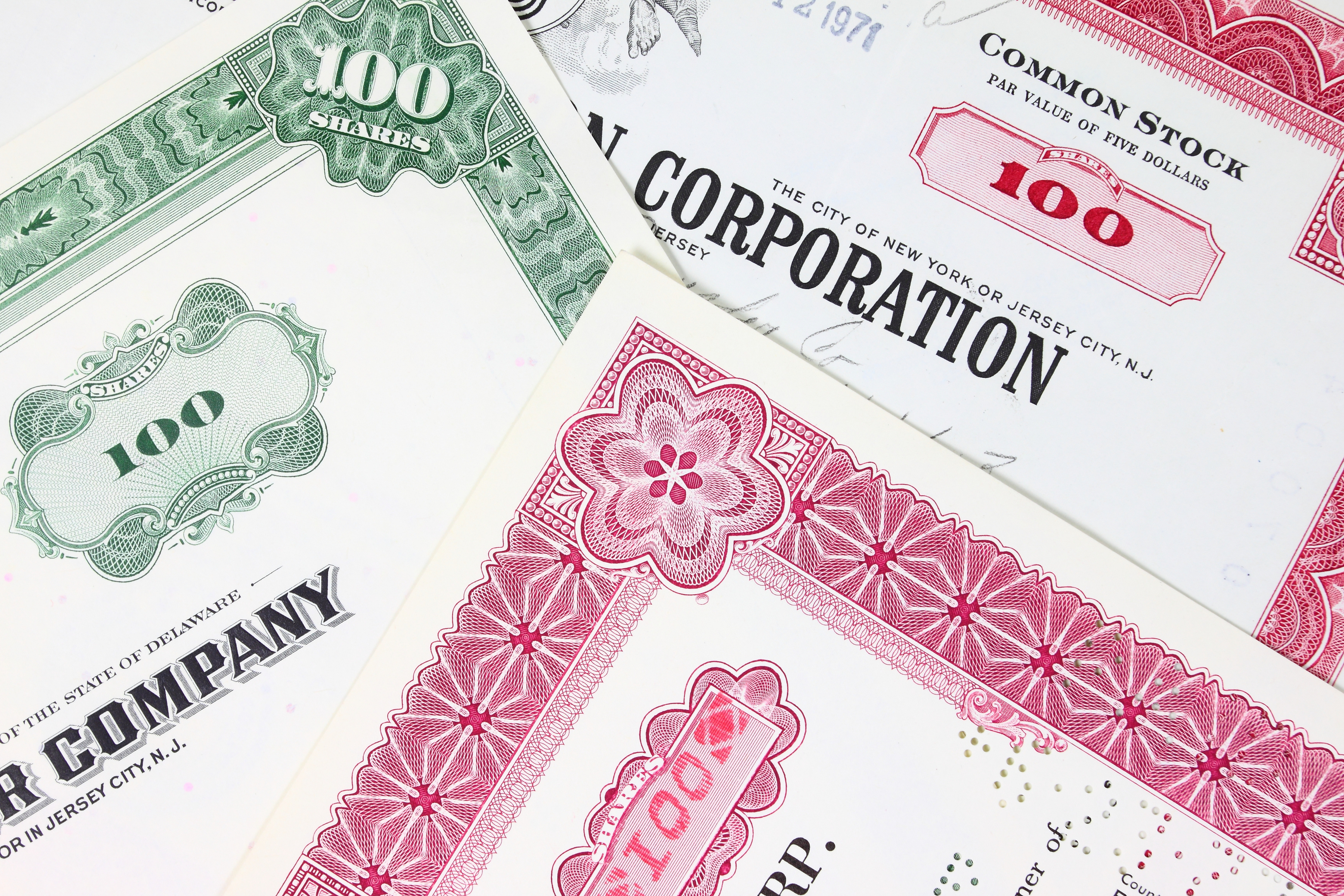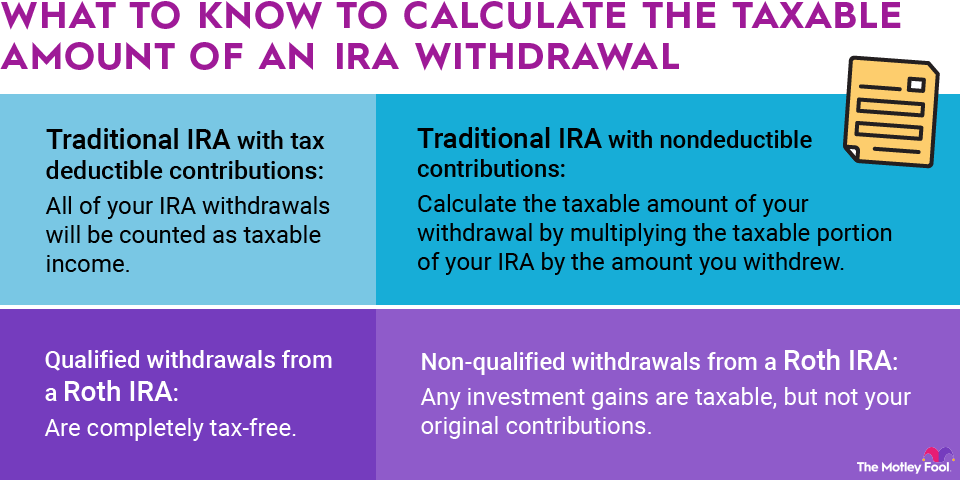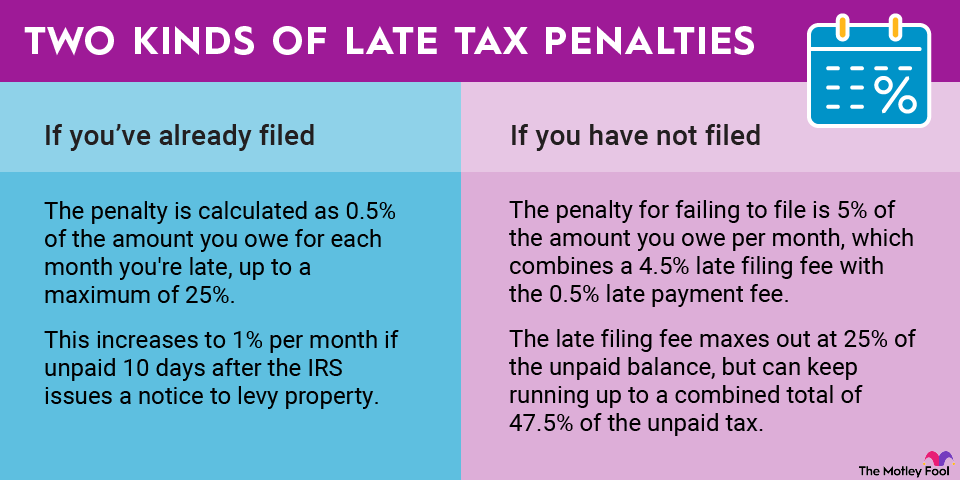Net working capital is calculated by subtracting a company's current liabilities from its current assets. This measure gives an idea of a company's short-term capital and its ability to quickly increase its liquidity to meet short-term obligations.
Changes to current accounts like inventory, accounts receivable, and accounts payable all impact a company's net working capital. To understand how net working capital can increase or decrease, we have to start with exactly how this metric is calculated.

A more specific definition of net working capital
For most companies, net working capital is calculated from five accounts on the balance sheet. On the assets side, the company's cash, marketable securities, accounts receivable, and inventory are considered. On the liabilities side, the company's accounts payable is the only account needed.
The formula from there is to add together the cash, marketable securities, accounts receivable, and inventory, then subtract accounts payable. The result, positive or negative, is the company's net working capital.
If the company's net working capital is positive, that indicates that the business has more short-term assets than it does short-term liabilities, and therefore is considered to have enough capital and liquidity to continue its operations in the near-term future. A company that has negative net working capital may have short-term liquidity problems, including insolvency.
Exactly how much net working capital a healthy company should maintain will vary from company to company, dictated by its operating model, industry, and capital structure. Companies can also utilize other balance sheet tools like short-term debt, lines of credit, and the timing of payable or receivable recognition to manipulate net working capital. Because of all these moving parts, there is no "one-size-fits-all" rule for net working capital.
How to calculate additions to net working capital
The process to calculate additions or reductions to net working capital is to calculate the figure for two consecutive periods and then examine which changes on the balance sheet are the driving force behind the addition or reduction in net working capital.
For example, consider the following hypothetical excerpt from a company's balance sheet.
Working Capital Accounts | Year End — Last Year | Year End — This Year |
|---|---|---|
+ Cash (and cash equivalents) | $10,000 | $15,000 |
+ Marketable Securities | $2,000 | $3,000 |
+ Accounts Receivable | $20,000 | $15,000 |
+ Inventory | $50,000 | $50,000 |
- Accounts Payable | $35,000 | $50,000 |
Net Working Capital | $47,000 | $33,000 |
After calculating the net working capital for last year and again for this year's balance sheet, we can quickly see that net working capital declined year-over-year. However, the company still has positive net working capital. That indicates that it does not have a short-term liquidity problem yet.
By calculating the change in net working capital in this way, we can now take a closer look at the numbers to understand why net working capital either increased or, in this case, decreased over time.
On the assets side, the company's marketable securities increased, but the change was negligible. Its inventory, the largest component of its working capital, was constant. The two meaningful changes -- the $5,000 increase in cash and $5,000 decrease in accounts receivable offset each other. On the balance sheet side though, the company's accounts payable increased 43% to $50,000. That jump was the biggest driver of the change in net working capital for this company over the past year.
Related investing topics
Armed with this knowledge, the next step is to understand why the company's accounts payable increased so much. The reason could be perfectly justifiable, or it could be cause for alarm. There's no way to know without further research, most likely coming from conference calls, transcripts, or a conversation with the company's management.


















